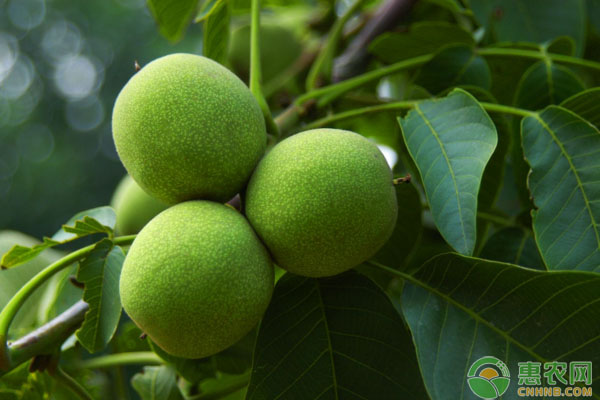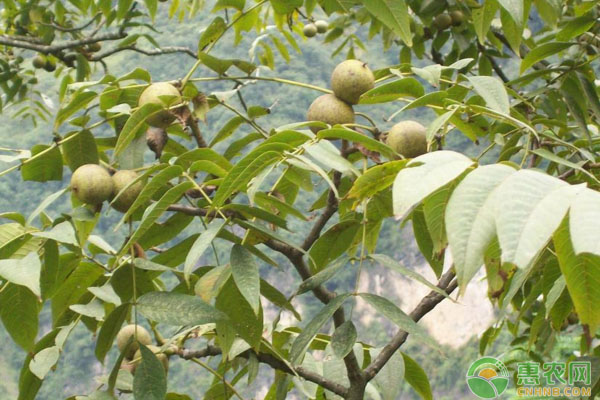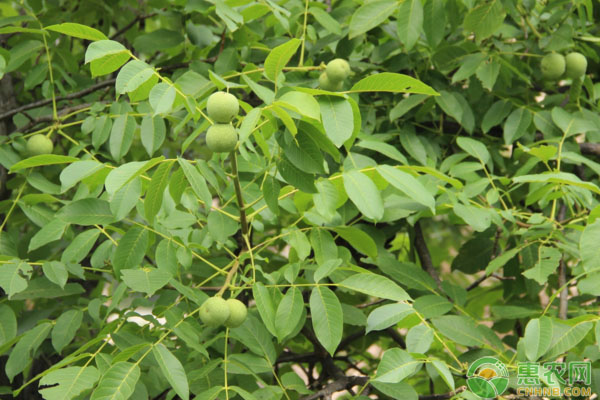Advantages and Disadvantages of Walnut Square Bud in Xianyang City and Technical Measures
What are the advantages and disadvantages of walnut square buds in Xianyang City? The survival rate, low yield and low efficiency of Xianyang City are low, and the preservation rate is low. Therefore, the transformation has become a local walnut industry to improve quality and efficiency. The local use of the block bud technology and timely management after grafting has achieved the purpose of high quality and high yield of walnut. Today, Xiaobian said that the advantages and disadvantages of the walnut box buds in Xianyang City and technical measures.

1 advantage
1.1 Saving the cuttings
The box buds are easy to collect and the grafts need to use a complete strip to save the cuttings.
1.2 High survival rate
The factors affecting the survival rate of walnut grafting are temperature and rain. Grafting before the rainy season in May and June, when the temperature and humidity are suitable, can avoid the rainy season and make the grafting survival rate as high as 95%.
1.3 Saving time and labor
The skilled grafter picks up the buds from the cuttings and grafts them on the rootstock and wraps them up. It only takes about 40s.
2 disadvantages
2.1 High temperature requirements
Block buds are too low temperature, which is not conducive to the healing of the graft interface, easy to mold; square buds are too hot, easy to burn or burn buds, affecting the graft survival rate.
2.2 Spikes cannot be stored for long periods of time
The scion needs to be attached to the picket to maintain the moisture of the cutting strip. If the cutting strip loses water, it will affect the grafting survival rate.
3 Technical measures
3.1 Selection of the mother tree for picking
In the mother tree of the picking, the plant with good growth and no pests and diseases should be selected;
The buds and stalks should be selected from the current developmental branches with high degree of lignification, and the buds should be mature and full.

3.2 Variety selection
Xiangyang City, Shandong Province, Shandong walnut research selected Xiangling, Lu Guang;
Shaanxi Nuclear No. 2 and Shaanxi Nuclear No. 5 selected by Shaanxi;
Liaohe No.1, Liaohe No.3 and Liaohe No.4 selected by Liaoning Economic Forest Research;
Early-season varieties with early results and high yields, such as Xilin No. 2 and Xilin No. 3, which were selected by Northwest Forestry College.
3.3 Collection, storage and transportation of cuttings
3.3.1 Collection
Collection time: May-June;
Collection operation: After the early morning harvest, the compound leaves are cut off, and the cuttings are followed by the picking;
Post-harvest treatment: Select the new development branch with high degree of lignification and mature mature buds. Remove the compound leaves from the scion and cut each bundle into 20 or 30 pieces and put them in a cool place for later use.
3.3.2 Storage and transportation
The collected scions should not be stored for more than 3 days. Before grafting, the top of the scion will be cross-sectioned and bundled, soaked in a growth regulator solution (depth 5 cm), and the water film will be used on the upper section of the ear;
When transporting, the scion should be wrapped in wet linen or wrapped in plastic film. After the marriage is grounded, open the film in time and put it in a damp and cool place.
3.4 Rootstock selection
Low-yield forests: selection of seedlings in low-yielding walnut forests, seedlings that survived from rootstocks, low-quality trees, and iron walnuts and cotton walnuts mixed in walnut forests for comprehensive low-yield transformation;
Seedlings: Grafting of seedlings with long tree length, unclear variety and low yield;
Nursery seedlings: Choose 2 years old roots and 1 year old seedlings with strong growth and no pests and diseases for grafting.
3.5 Grafting
Grafting in the growing season requires the rootstock to be a one- or two-year-old shoot or a new shoot in the same year. When grafting, the rootstock cut is required to be the same size as the square bud, and the square cutter is used to frame the bud around the bud to separate the skin from the branch;
In the smooth, semi-lignified area of ​​the seedlings of the year, the same size of the rootstock cortex is taken with the same square knife, and then the bud piece is placed in the interface;
Tie the buds with a special plastic strip to ensure that the buds are in close contact with the rootstock to avoid running the wind.

3.6 Post-graft management
Watering: Watering should be done in time to ensure the growth of walnut seedlings.
Shearing anvil: Shedding the seedlings to promote the healing.
Wipe bud: timely remove the seedling sprouts from the rootstock to improve the grafting survival rate.
Weeding: timely removal of weeds and crop seedlings within 1.5 m of the trunk.
Fertilization: When the buds grow to 30 cm, spray the phosphorus, magnesium or sodium humate on the foliage for 1 time.
Loose tie: When the graft bud grows to 15~20 cm, it is loosened. When loosening, use a knife to draw a knife on the opposite side of the bud to remove the film.
3.7 Pest Control
Common diseases of walnuts in Xianyang area include anthracnose, black spot, rot and brown spot. The pests include limb moth, cloud spotted beetle, yellow thorn moth, and aromatic wood moth. The prevention and control of pests and diseases should be comprehensively implemented. The plant protection policy of the main and comprehensive prevention measures is controlled by artificial and physical methods. At the same time, it should be noted that chemical control should use low-toxic, high-efficiency and low-residue pesticides.
Low Cost Fiber,Soluble Fiber,Sugar Free Fiber
Qingdao Bailong Huichuang Bio-tech Co., Ltd. , https://www.qdblcycn.com